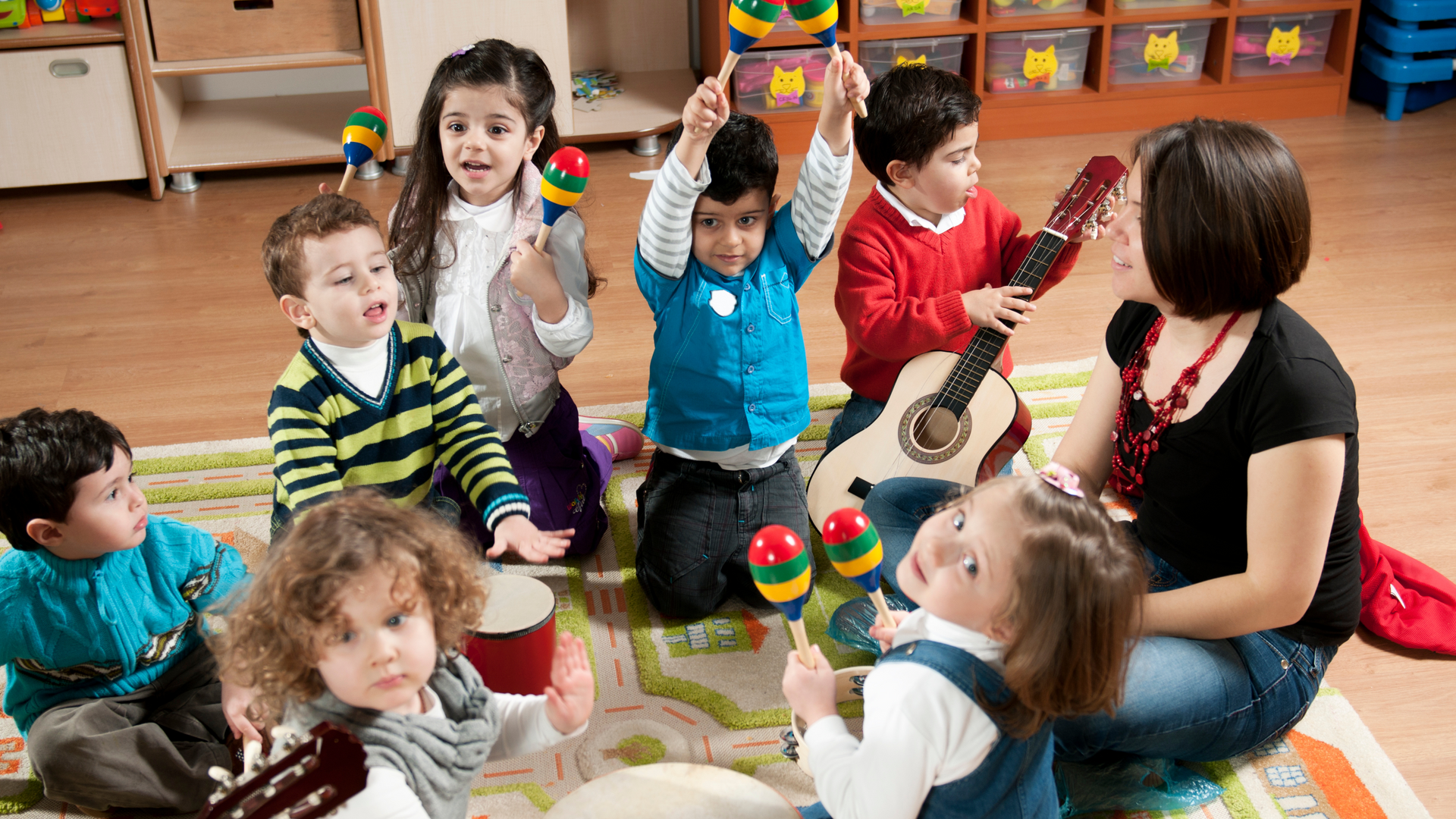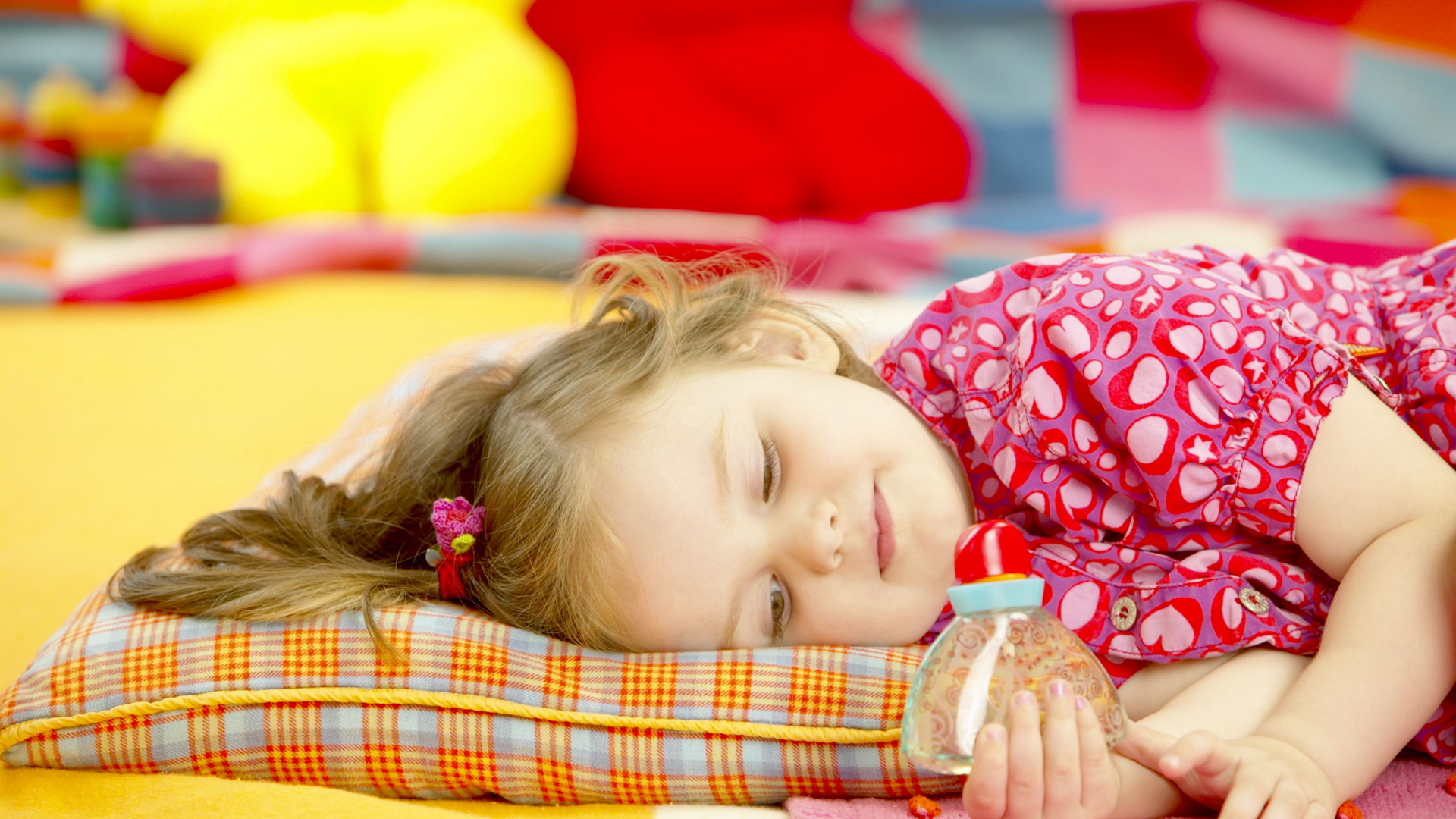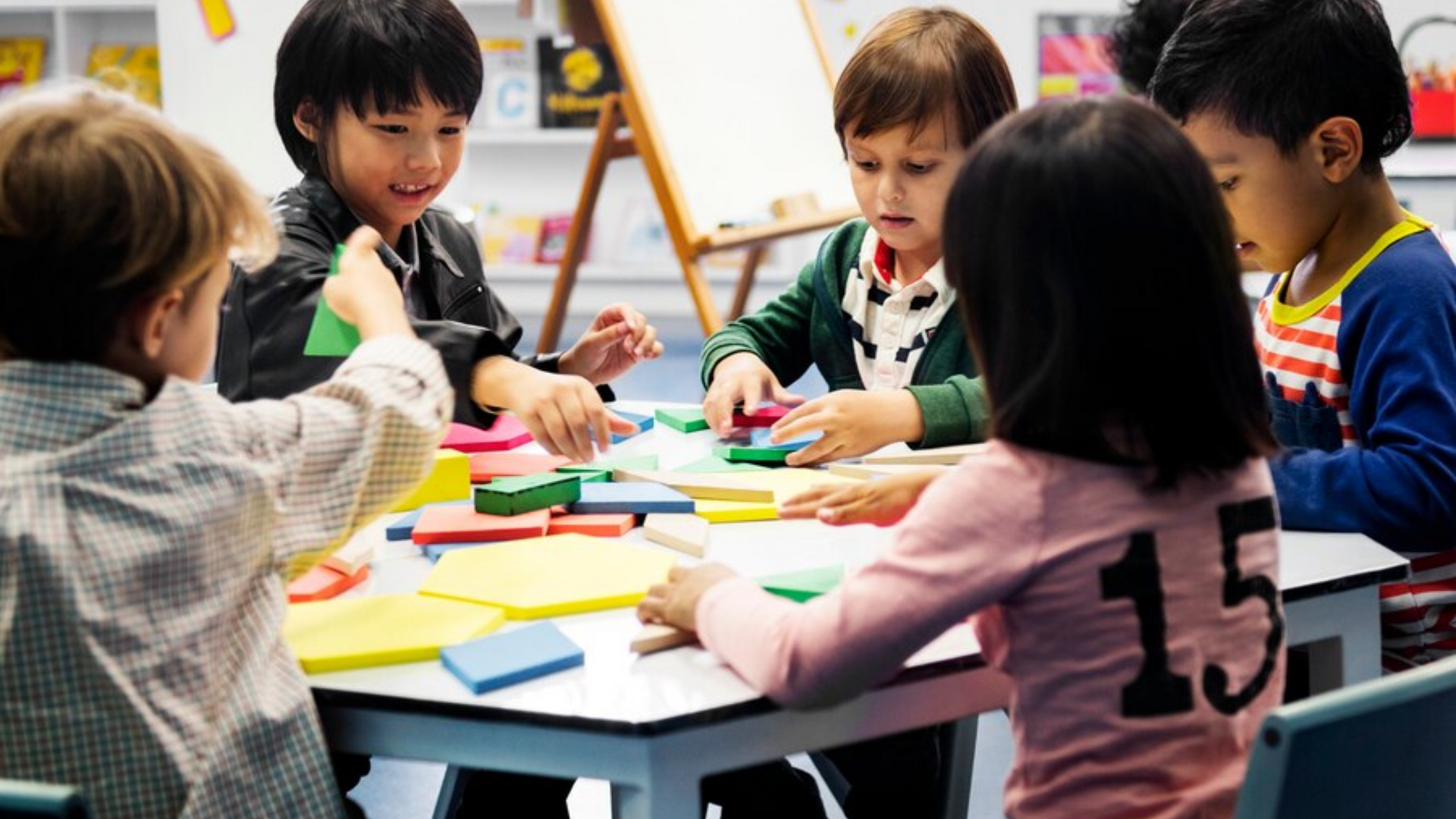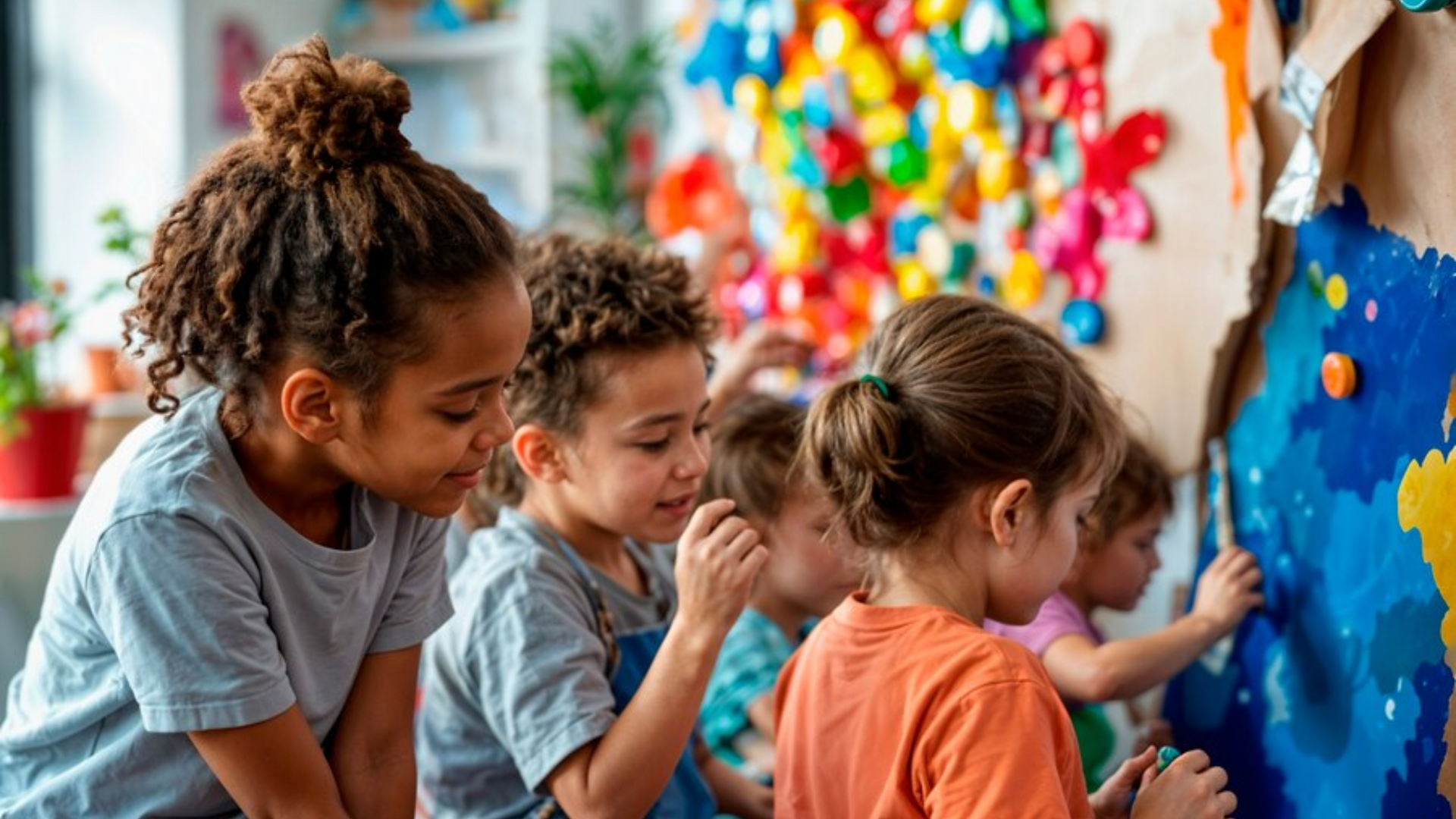How to Build a Consistent Routine for Preschoolers (That Actually Works!)

If you’ve ever had a morning where your preschooler refuses to get dressed, eats breakfast at a snail’s pace, and melts down before you even leave the house, you’re not alone. Parenting a young child comes with its fair share of unpredictability—but one of the most powerful tools at your disposal is routine.
At EduKids Academy, we see every day how a consistent routine helps preschoolers thrive. When young children know what to expect, they feel secure, confident, and ready to learn. But building a routine that actually sticks (without constant battles or reminders) takes more than just a schedule—it requires structure, flexibility, and a little bit of patience.
In this post, we’ll show you how to create a daily routine that works for your family, supports your child’s development, and minimizes chaos. Let’s turn those rushed mornings and bedtime struggles into calm, predictable transitions—together.
Why Routines Matter in Early Childhood
Children aren’t born knowing how to manage time or transition from one activity to another. That’s where routines come in. A predictable routine provides children with:
- A sense of security: Knowing what comes next reduces anxiety and uncertainty.
- Increased independence: Children learn to manage tasks on their own over time.
- Better emotional regulation: Transitions are less stressful when they follow a pattern.
- Improved sleep and nutrition habits: Consistent mealtimes and bedtimes lead to better rest and wellness.
- Enhanced learning: Children are more focused when they’re not distracted by what’s coming next.
At preschool age, structure is especially important. Children are developing cognitive skills like memory and sequencing, and routines help them make sense of the world in a safe and manageable way.
Key Components of a Preschool-Friendly Routine
Let’s break down what makes a routine actually work for young children—not just on paper, but in real life.
1. Predictability with Flexibility
Your child’s routine should follow a consistent order of events (wake up, get dressed, eat breakfast, etc.), but it doesn’t need to be timed to the minute. Build a rhythm that guides the day but allows room for life to happen.
Tip: Use terms like “before,” “after,” and “next” instead of watching the clock. For example: “After breakfast, we brush our teeth,” or “Next, we clean up the toys.”
2. Visual Cues
Preschoolers are visual learners. A picture schedule or chart with simple images can help them follow the day independently.
Tip: Make or print a visual routine chart together and let your child “check off” each part of the day as it happens.
3. Age-Appropriate Expectations
Keep tasks and transitions developmentally appropriate. For example, instead of saying, “Clean your room,” say, “Let’s put the blocks in the basket and the books on the shelf.”
Tip: Break tasks into small, manageable steps to avoid overwhelm.
4. Built-in Transitions
Preschoolers often struggle with transitions between activities. Give them a heads-up before a change happens to reduce resistance.
Tip: Use countdowns (“Five more minutes of play, then we’ll clean up”), songs, or timers to make transitions smoother.
Sample Daily Routine for Preschoolers
Here’s an example of a balanced routine you can adapt to your family’s schedule:
Morning:
- Wake up and cuddle time
- Use the bathroom and brush teeth
- Get dressed
- Eat breakfast
- Play or learning time (independent play, puzzles, art)
- Outdoor time or walk
Midday:
- Lunch
- Story time or quiet reading
- Nap or rest time
- Sensory play or educational screen time (limited)
Afternoon:
- Snack
- Creative play or learning activity (crafts, music, sorting games)
- Outdoor time or movement activity (dancing, obstacle course)
Evening:
- Dinner
- Family time (board game, conversation, walk)
- Bath and pajamas
- Storytime
- Bedtime routine (songs, lights out)
Tip: Stick to the same order of events daily, even on weekends, while allowing flexibility for outings, appointments, or special events.
Strategies for Making the Routine Stick
Establishing a routine is one thing—getting your preschooler to follow it is another. These strategies can help turn your plan into a habit:
1. Involve Your Child
Children are more likely to cooperate with routines they help create. Let your child choose between two outfits, decide which book comes before bed, or pick a breakfast from a few healthy options.
2. Use Positive Reinforcement
Celebrate small successes and effort. Use praise, high-fives, or sticker charts to encourage consistency. Avoid focusing only on what went wrong.
Example: “You put your shoes on all by yourself—that’s awesome!”
3. Stay Calm During Resistance
It’s normal for children to push back on routines. Stay consistent and empathetic, even when it’s hard. Instead of punishment, redirect with choices or playful engagement.
Example: “Do you want to brush your teeth like a lion or a robot today?”
4. Model the Behavior
Children learn best by example. If you show a calm, predictable approach to your own daily habits (getting ready, cleaning up, etc.), your child will follow your lead.
5. Be Patient and Persistent
Habits don’t form overnight. Stick with your routine for a few weeks, and adjust as needed. The more consistent you are, the easier it becomes for your child.
Common Routine Challenges (and How to Overcome Them)
“My child resists everything!”
Try turning routines into games or songs. Instead of saying, “Time to clean up,” try, “Let’s see how fast we can pick up these toys!” Children respond well to playful energy.
“Bedtime is a battle every night.”
Establish a calming bedtime ritual and stick to the same steps every night—bath, story, song, sleep. Avoid screens at least 30–60 minutes before bed, and dim the lights to signal wind-down time.
“Weekends throw us off.”
Keep the basic routine (wake up, meals, nap, bedtime) similar on weekends, even if the day includes more flexibility and fun. This helps avoid a rough Monday morning.
How Routines Support School Readiness
A consistent routine at home lays the foundation for success in preschool and beyond. At EduKids Academy, we align our structured daily schedule with your child’s natural rhythms—meal times, rest times, active play, and focused learning.
Children who come to school with a clear sense of routine are more confident, cooperative, and ready to engage with peers and teachers. They know what to expect, and that predictability helps them feel safe and empowered in a new setting.
Final Thoughts
Creating a routine for your preschooler might feel overwhelming at first—but remember, you don’t need to create a perfect schedule. You just need to start with small, consistent steps that work for your family. Over time, these daily habits will become second nature to your child and will provide the structure they need to thrive emotionally, socially, and academically.
Whether you’re preparing your child for preschool or reinforcing what they’re learning in the classroom, a solid home routine is one of the best gifts you can give them.
And if you're thinking about the next step in your child’s learning journey, take a look at the 7 Advantages of Early Childcare Enrollment and explore What’s the Best Age to Start Childcare to see how structured care and routine can go hand-in-hand in your child's development.





















